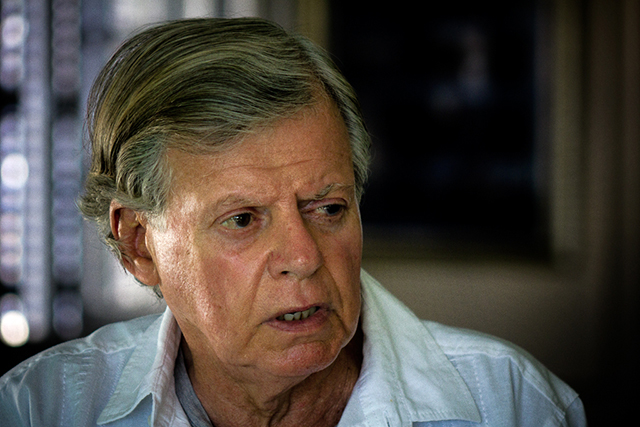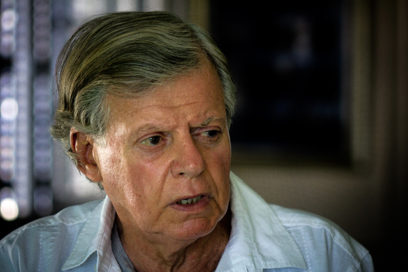
The Cuban people is in mourning for Mario Coyula, one of the most indispensable architecture in the Cuban debate nowadays, just now when our country needs to debate on the present and future.
Among his works highlights the Martyrs’ Park in San Lazaro and Infanta Streets; the Mausoleum of March 13 Heroes at colon Cemetery.
He used to be the head of important centers like CUJAE Architecture School, the Architecture and Urbanism Office in Havana, the Integral Development Group of the Capital and the Commission of Monuments from Havana.
All mentioned above was not his best legacy. His main teaching was different, that of the accurate criticism, the one that sees the problem, suggests solution and submits to the unanimity.
Trabajadores Newspaper gives you several articles published on this important Cuban intellectual.
Love For His City
By Alina M. Lotti
Mario Coyula Cowley (Havana, 1935) as a profesional is like a God. He is an “architect” who had devoted his life to investigation, study and teaching all he knows in his busy time. He is admired by his students, and loved by many people who have shared with him. He is modest, affable with an intelligence he has cultivated.
He is an architect and a genuine intellectual, writer, patriot. He is the main character in the transformations that had taken place in Havana during the second half of the 20th century.
In his opinion, urbanism is what he is interested on the most; the way people use the city for good or bad. So, environment is the most important thing for me. If you move in a destroyed, dirty, devastated and untidy environment, you neither work nor live well, nor feel any respect for all that.
“That is why I say national identity starts in the neighborhood, and patriotism starts on the street you live in. You most love the place you live, you should understand it, and the rest turns abstract.”
Mario Coyula: Beauty is not Dispensible
By Daniel Urbino
Coyula was a deep and severe critic, with a refined sense of humor and an indisputable loyalty with the city he lived in
What is Urbanism? It deals with all those aspects where the problems, ways and functions of the cities have to do with. It studies the way people use or “should use” that space where society develops.
“Architects were the ones in charged to these aspects in Cuba and they devoted their lives to these studies, although nowadays there are sociologists, economists and geographers included, among others,” Coyula explained.
The third part of the Cuban population lives in cities. This is typical in the Caribbean countries.
“Old Havana municipality is an example of how a city can have a self finance thanks to the traditions and the patrimony. This historical center contributes to economy of the nation.
There is a political will to put an end to indiscipline or lack of culture. There are attempted against urbanism and planning. For years, there was a great lack of control.
“Taste should be taught. It is indispensible to an economic improvement together with a cultural value in the population for the creation of good models,” Coyula said.


